(CLO) On December 6, Permanent Deputy Prime Minister Nguyen Hoa Binh , Deputy Head of the Steering Committee summarizing the implementation of Resolution 18 (Government Steering Committee) signed and issued Plan 141 to reorganize and streamline the Government's apparatus. In the context of increasingly strong digital transformation, the connection between journalism and technology is the driving force for innovation, creativity and efficiency in communication work, contributing to building a strong and sustainable media ecosystem.
In technology, if we don't advance, we will fall behind.
According to the plan, the Ministry of Information and Communications and the Ministry of Science and Technology are determined to merge into a new ministry. This ministry will undertake the state management function of the sectors and fields currently assigned to the Ministry of Information and Communications and the Ministry of Science and Technology.
According to the assessment, linking the fields of technology, media and journalism in a unified state management department will create many potentials to promote the development of journalism, especially in the context of digital transformation and rapid development of technology.
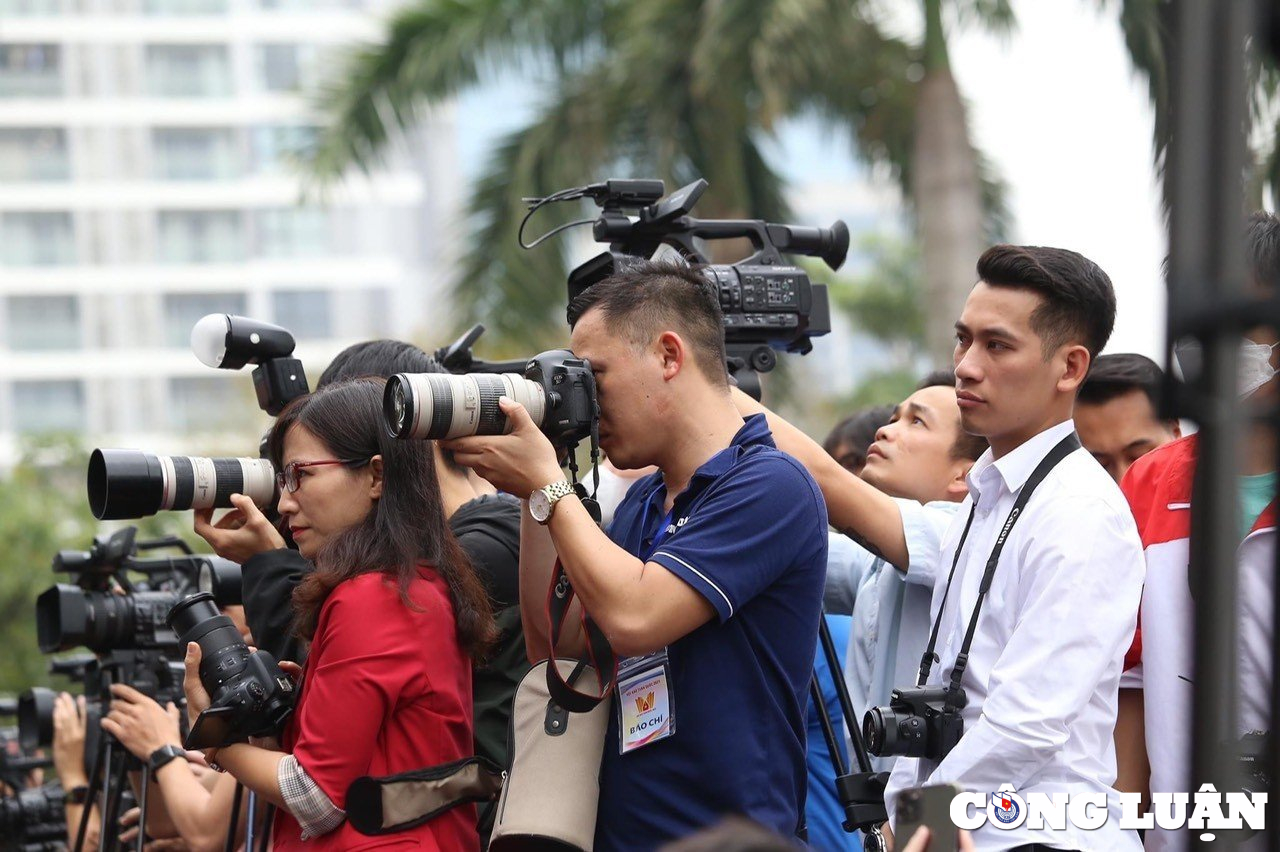
According to experts, first of all, this will contribute significantly to promoting the application of technology in journalism. The combination of technology will help journalism quickly transform digitally, from the content production process to the way it approaches readers. Technologies such as artificial intelligence (AI), big data and cloud computing will support the analysis of reader behavior, optimize content and improve user experience.
With parallel technology, the press will also have direct access to advanced technologies, creating conditions to experiment with new forms such as multimedia journalism, virtual reality (VR) or online interaction.
Combining press management with technology also helps build a tighter information control system, limit fake news and protect public interests.
Radio and television - traditional forms of journalism - cannot be separated from digital infrastructure. Fiber optic cable systems, satellites, radio frequencies and the internet are the foundation for the strong development of these types. The management and development of radio and television requires close connection with digital transformation and technology application.
Sharing from the television perspective, Mr. Pham Anh Chien, Deputy Director of VTV Digital, said that VTV is a content producer and distributor on traditional TV but must switch to distributing content on multiple platforms. VTV has introduced the Total VTV model to distribute content on multiple platforms.
Mr. Chien believes that the ecosystem must be built on a centralized, unique and unified cloud computing infrastructure to be able to do business. VTV has introduced a new business concept of content service business that brings the highest economic efficiency. Therefore, VTV's organization must also change to suit the digital model.
Sharing the same view, Mr. Tran Tien Duan - Editor-in-Chief of Vietnamplus newspaper said that in the technology problem, if we do not advance, we will definitely fall behind. The most important thing is to dare to change, encourage reporters and editors to change together, contribute ideas, build and promote the newspaper to develop further. Moreover, at present, Vietnamese press is entering a period of strong digital transformation, creating motivation and leverage for creative ideas to continue to take flight.
It can be said that, in order to develop, press agencies in Vietnam have no other way but to determine to put technology at the center of every strategy. The problem is how to catch up with the technological development in advanced journalism in the world, how to take shortcuts. Requiring each press agency to be multi-functional, not only simply responsible for producing news articles, but also a newsroom of technology, of creative research on the application of artificial intelligence...
Wings of digital technology and journalism - media
The combination of creative journalism and digital technology brings many new experiences to the public, helping the press maintain its information "battlefield". In the digital transformation, press and media play an important role. The information and communication industry forms a pair of wings: One wing is digital technology, the other is press and media. These wings will contribute to making the country fly up, fly high and fly far based on internal strength in terms of material and spirit.
Practice has proven that, in addition to the role of creating trust and aspiration, arousing the spirit of national strength, and contributing to the success of the national digital transformation process, the press and media themselves are also subjects that must carry out their own digital transformation process.
Just like the digital transformation in all other industries, the digital transformation of the press and media industry is not simply about bringing it to the Internet in a purely physical way, but must be demonstrated through synchronous activities, both in depth and breadth.
In this movement, great challenges and great opportunities always go hand in hand. The important thing is to use digital technology to change the management, operation, production, publishing, content distribution and business models... to optimize the operating model of press agencies; create new products, opportunities, revenue and values.
Maintaining national information sovereignty in cyberspace

5 pillars of digital transformation of journalism: Strategy; Digital infrastructure, digital platform and information security; Organizational and professional uniformity; Readers, audiences, listeners and Level of digital technology application.
Currently, all press agencies basically operate in a digital environment. The process of managing and supervising press compliance with the law depends largely on digital infrastructure and technology. Technologies such as artificial intelligence, big data and data analysis platforms help the press not only grasp information trends but also orient public opinion, fight against bad and toxic information and maintain information sovereignty in cyberspace.
In the digital age, every citizen can become a journalist through social networks and online media platforms. This opens up opportunities but also poses great challenges for media management. Cross-border social networks such as Facebook, Youtube or Tiktok with millions of users in Vietnam, if not well controlled, can become a threat to information security and the political regime of the country.
Therefore, the connection between the fields of technology, media and journalism is becoming an urgent requirement in the context of extensive digital transformation and the continuous development of the digital media environment. The management integration between these fields not only optimizes resources but also creates a solid foundation for the development of journalism and media, while protecting national information sovereignty in cyberspace.
According to experts, applying technology to censor content on newspapers and social networks can reduce the need to maintain a cumbersome censorship apparatus if using humans. Take large platforms like Facebook, for example, the volume of content posted every day is millions of times larger than that of a newspaper, but the number of personnel involved in censorship is very modest.
Similarly, Tiktok also relies on algorithms and artificial intelligence technology to control content instead of using a large workforce. This shows that if you know how to take advantage of the power of technology, censorship will not only become more effective but also save significant resources.
It can be seen that digital infrastructure is the key to effectively managing cyberspace. In fact, thanks to strict management of digital infrastructure such as telecommunications networks and the internet, large platforms have complied with Vietnamese law, removed harmful information and paid taxes in full as required.
In general, protecting the Party's ideological foundation and fighting against bad and toxic information requires the support and coordination of infrastructure and digital technology. Therefore, separating the fields of digital infrastructure and digital transformation from digital media will limit and reduce the effectiveness of information management in cyberspace, possibly affecting the maintenance of national information sovereignty in cyberspace; at the same time, limiting the development and effectiveness of press and media activities.
Bao Minh
Source: https://www.congluan.vn/bao-chi-va-cong-nghe--su-gan-ket-tao-nen-suc-bat-moi-cho-su-phat-trien-post324595.html


![[Photo] Binh Trieu 1 Bridge has been completed, raised by 1.1m, and will open to traffic at the end of November.](https://vphoto.vietnam.vn/thumb/1200x675/vietnam/resource/IMAGE/2025/10/2/a6549e2a3b5848a1ba76a1ded6141fae)





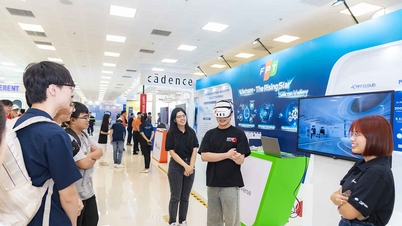

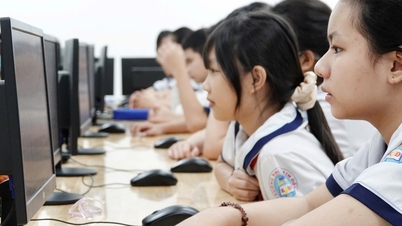



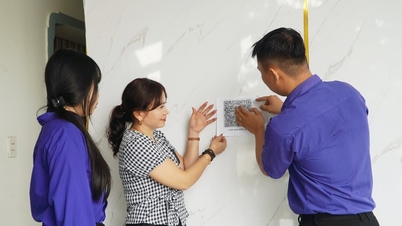





































































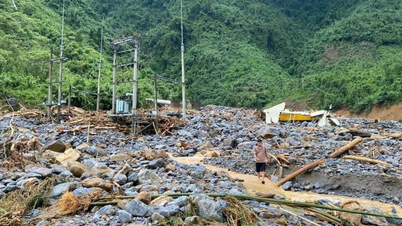




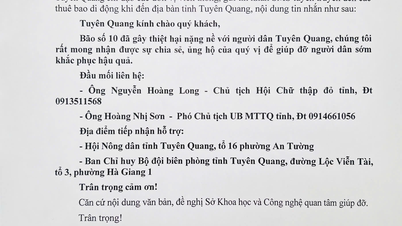

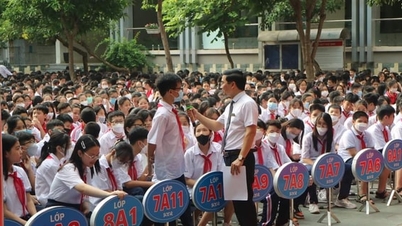














Comment (0)